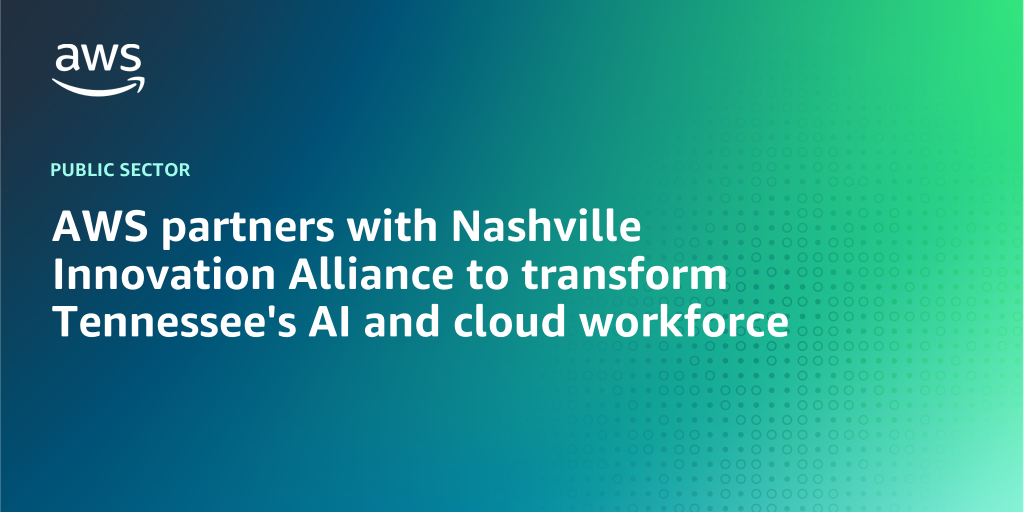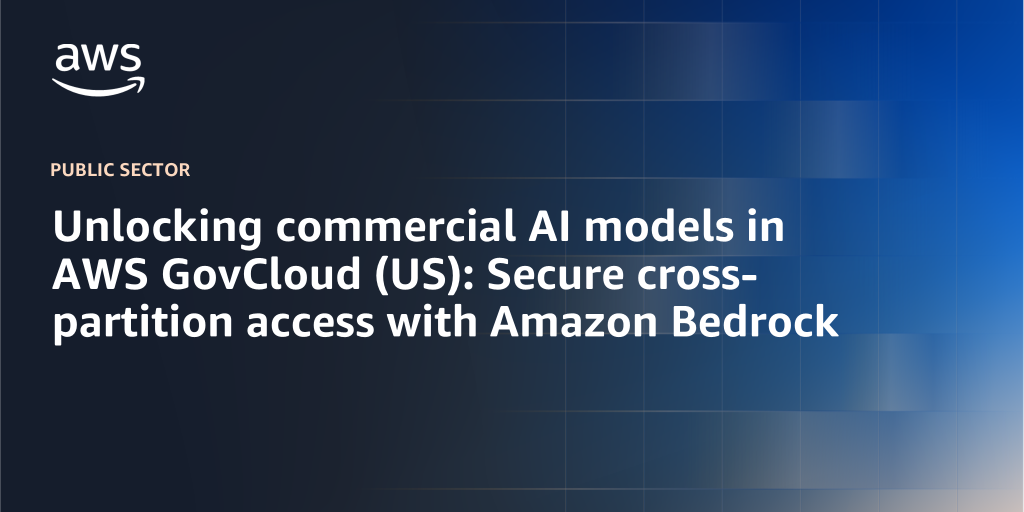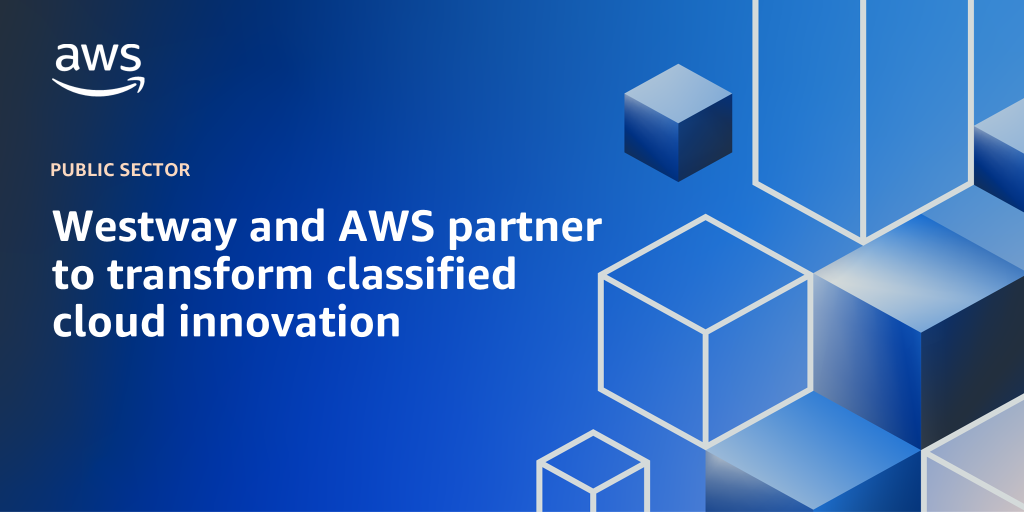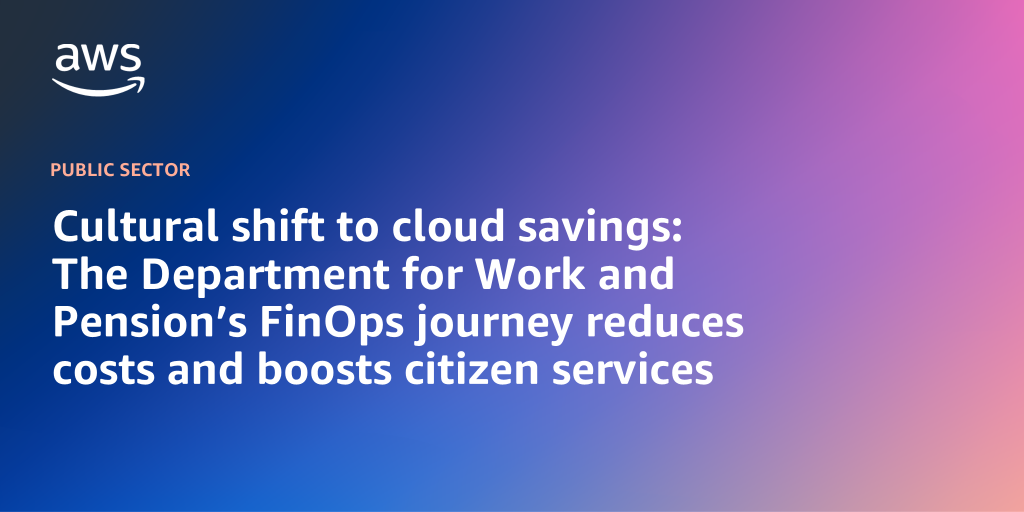AWS Public Sector Blog
Category: Public Sector
Powering the future of children’s health: AWS announces the 2025 Children’s Health Innovation Award recipients
Today, on National Child Health Day, AWS is proud to announce the recipients of the 2025 AWS Imagine Grant Children’s Health Innovation Award (CHIA). This year’s cohort recognizes ten leading healthcare, research, and humanitarian organizations who are using AWS to realize a common vision: creating a world where every child has the opportunity to thrive through innovative solutions that predict, prevent, and address health challenges.
Cyber Fortress 2025: AWS cloud-based cyber range powers electric grid defense
AWS collaborated with the Virginia Army National Guard (VA ARNG) for Cyber Fortress 2025, an exercise that brought together government agencies, public utilities, and academia to strengthen critical infrastructure defense through collaborative training. Read this post to learn more.
Why security-focused cloud is becoming the foundation of modern public safety systems
Public safety is at a crossroads. A rising wave of cyber attacks on mission-critical public safety systems has spurred agencies across the country to modernize their infrastructure. This journey involves adopting new technology, but it’s also about building trust, resilience, and agility into the heart of 911 operations. Recent milestones by Carbyne—culminating in renewed AWS Government Competency status—showcase how a next-generation approach can help agencies stay ahead.
Unlocking the brain’s secrets: E11 Bio’s brain circuit mapping dataset now on AWS Open Data
Today, we are excited to announce the release of E11 Bio’s brain tissue dataset on AWS as part of the Registry of Open Data on AWS (E11bio PRISM). Read this post to learn more.
AWS partners with Nashville Innovation Alliance to transform Tennessee’s AI and cloud workforce
AWS is expanding its Skills to Jobs Tech Alliance to Tennessee, which becomes the sixth state in the alliance. Through a strategic collaboration with the Nashville Innovation Alliance, this partnership aims to address middle Tennessee’s growing technology talent demand, with particular emphasis on AI and cloud computing skills, where tech job postings have increased by 35 percent between 2020 and 2023, with an estimated 8,000 open technology positions across the region.
Creative coding for everyone: How Pi Jam expands digital skills for underserved learners in India with AWS
Read this post to learn about Pi Jam Foundation, a nonprofit that is dedicated to bringing creative computing and digital skills to underserved students using AWS.
Unlocking commercial AI models in AWS GovCloud (US): Secure cross-partition access with Amazon Bedrock
In this post, we walk through three solutions that allow AWS GovCloud (US) workloads to securely connect into the Amazon Web Services (AWS) commercial partition to perform inference with Amazon Bedrock. Each approach comes with different trade-offs, and by the end you’ll have a clear view of which path might be right for your organization.
Westway and AWS partner to transform classified cloud innovation
Defense and national security customers are shifting away from legacy systems toward innovative, best-in-class commercial solutions in the cloud that can provide warfighters a superior technical advantage. Nontraditional defense contractors and commercial companies building these solutions face a challenge: accessing classified IT quickly and cost-effectively. Today, we’re excited to announce a partnership between AWS and Westway Services Group LLC that tackles this challenge head-on.
Cultural shift to cloud savings: The Department for Work and Pension’s FinOps journey reduces costs and boosts citizen services
In today’s climate, there is a need for government entities to achieve cost optimization while maintaining high standards of service delivery and data security. The Department for Work and Pensions (DWP), the United Kingdom’s largest public service organization, implemented AWS Cloud Financial Management (FinOps) best practices, and reduced its cloud consumption costs by 23 percent in fiscal year 2023-24, resulting in annual savings of GBP £8.7 million.
Unlocking research potential: How the University of Sheffield and RONIN accelerate secure research through Data Connect
This blog explores how the University of Sheffield uses AWS Partner RONIN Core and RONIN Isolate solutions to deliver a Trusted Research Environment (TRE) built on AWS infrastructure, enabling secure research and collaboration with sensitive data through the university’s Data Connect service. Secure and compliant infrastructure is essential for sensitive research. Many research institutions use a research Landing Zone to build Secure Research Environments (SRE) that provide the foundational compliance infrastructure—meeting standards like the National Institutes of Health (NIH) NIST 800-171, ISO 27001, HIPAA, and CMMC—upon which TREs like RONIN can build secure research workflows.









